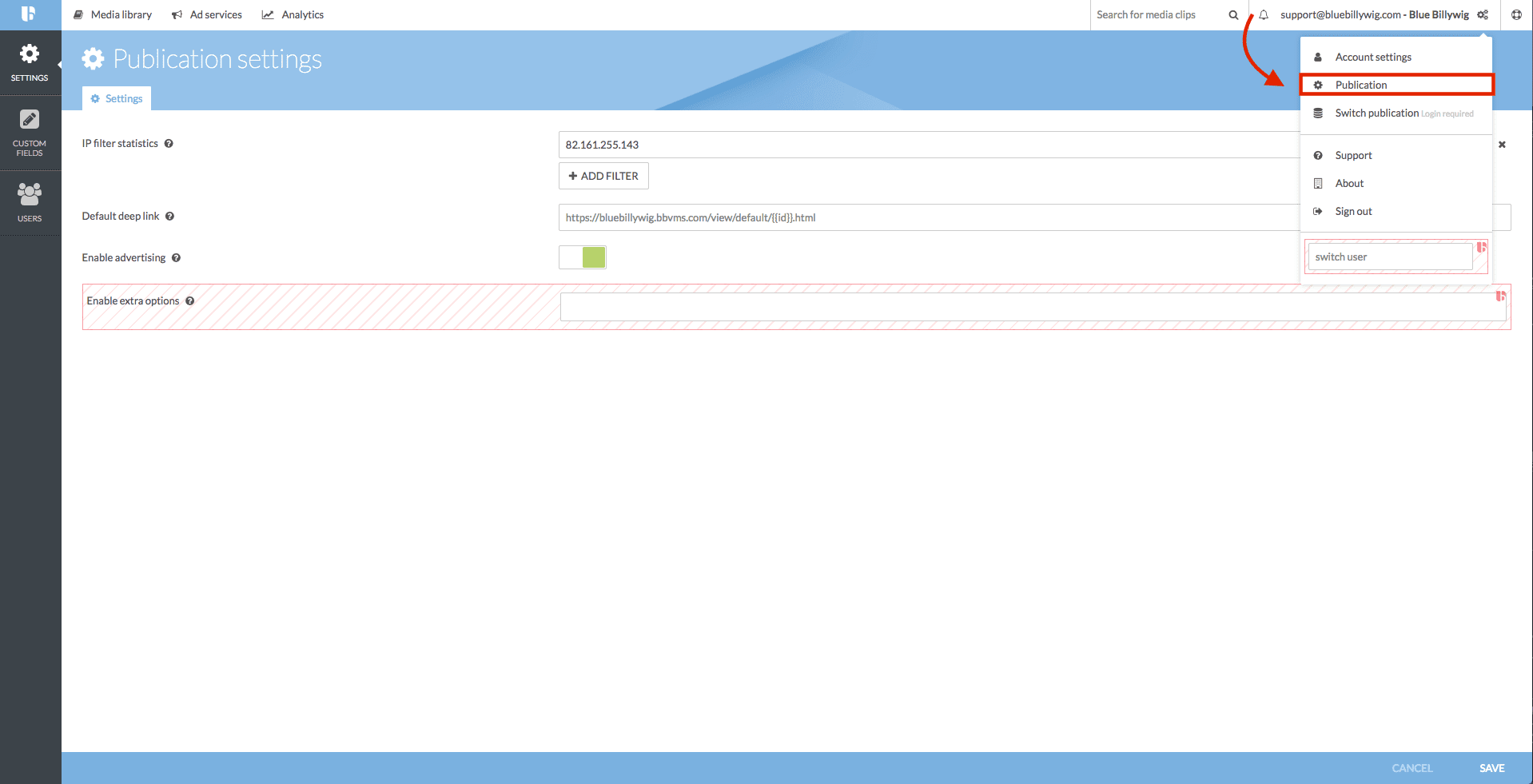You might have noticed that video SEO has popped up a couple of times in our blog posts recently. Given the importance of SEO to your business, let us delve further into this topic. We have already written about how you can optimize your video SEO and implement this with our Online Video Platform (creating a video sitemap or adding microdata directly via our player). This post explains how you can implement link building for your videos with our Online Video Platform.
The video SEO post in our marketing blog describes how link building is different when it comes to video content: a deeplink provided in the video’s metadata is used to direct to the location where the video can be found. This deeplink is also used when your video is shared via social media. The link that is shared will link to your chosen webpage or to the Online Video Platform’s default view page. We recommend always using a deeplink for the relevant website as this is beneficial towards encouraging the creation of inbound links to your content from diverse locations. So let’s go and fill in that deeplink shall we?
How to add a deeplink in our Online Video Platform
The deeplink field can be found in the edit screen of a mediaclip:

In this field it is possible to fill in the link to the page with your video. A common question we receive is if a deeplink needs to be filled in for each video if a website has multiple pages with video clips. Thankfully the answer is no. If there is a recurring pattern in the deeplinks you can use the default deeplink. The default deeplink enables the addition of a single deeplink with placeholders for the varying parts of the link.
Default deeplink
The default deeplink can be found under ‘Publication’, after clicking your name in the top right corner of the Online Video Platform. Note that this is only available to users with admin rights.

The above screenshot highlights the possibility for placeholders (surrounded by curly braces according to the Mustache template system) for the varying parts of your deeplink. Compare this picture with the first picture of this post and you will notice that these placeholders will contain the contents of the metadata (fields) for the video in the Online Video Platform. The placeholder can be common metadata like the video’s unique id or the video’s title, but any custom field added to the video’s metadata can be used.
Here’s an example of what the link could look like using a placeholder for the clip ID:
http://www.mydomain.com/video/{{id}}.html
It is also possible to add custom fields to specify the page where the clip will appear and the title for the website:
http://www.mydomain.com/{{someproduct}}/{{title-on-website}}
This does not mean that there cannot be exceptions to the pattern though, as simply filling in the deeplink field in your video’s metadata will override the generated deeplink.
What happens if you do not fill in a deeplink?
If your video does not appear on your website, but, for example, is only posted on social media, then our standard viewpage will act as the default link in these cases: https://bb.bbvms.com/view/blog/2575137.html.
This means that if your video is shared on social media there will still be a page where your video can be viewed. You can also customize the view page in your playout settings and add a background picture and multiple logos: https://bb.bbvms.com/view/blogview/2575137.html.
Get in depth with your SEO using deeplinks. While it is possible to use our standard view page to create brand awareness through social sharing, we would always encourage the use of deeplinks, using the power of social sharing to attract inbound links to your website.



